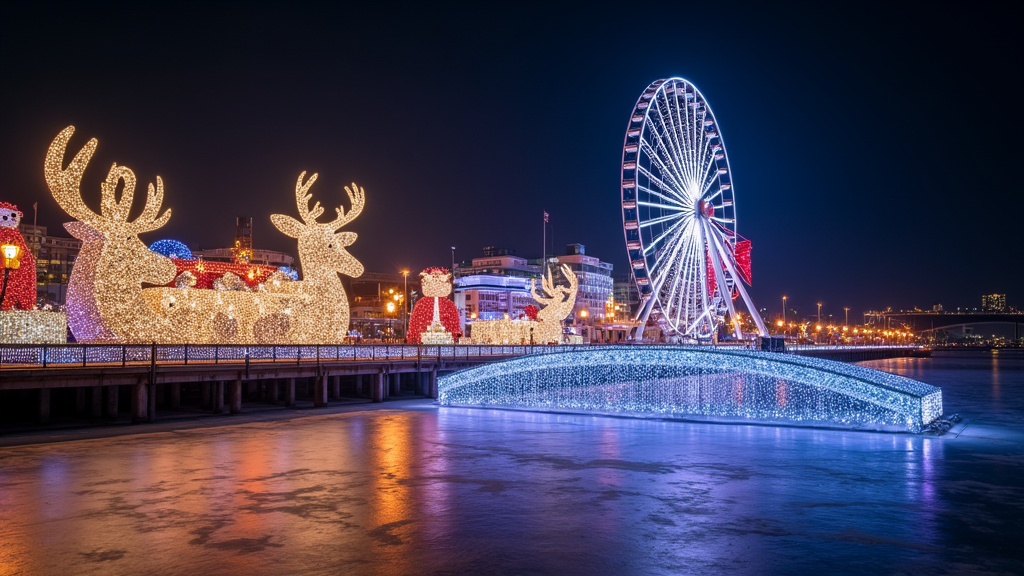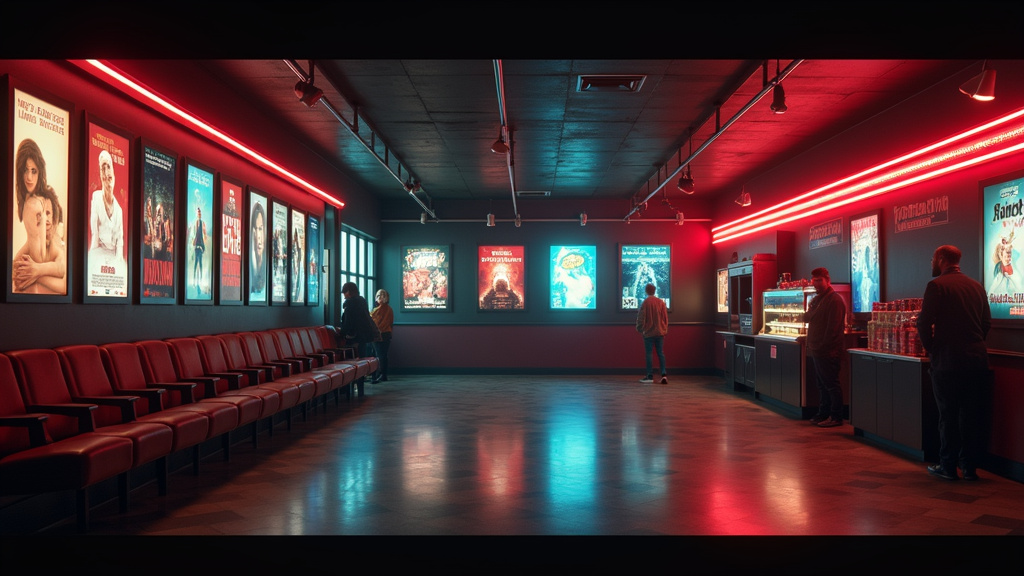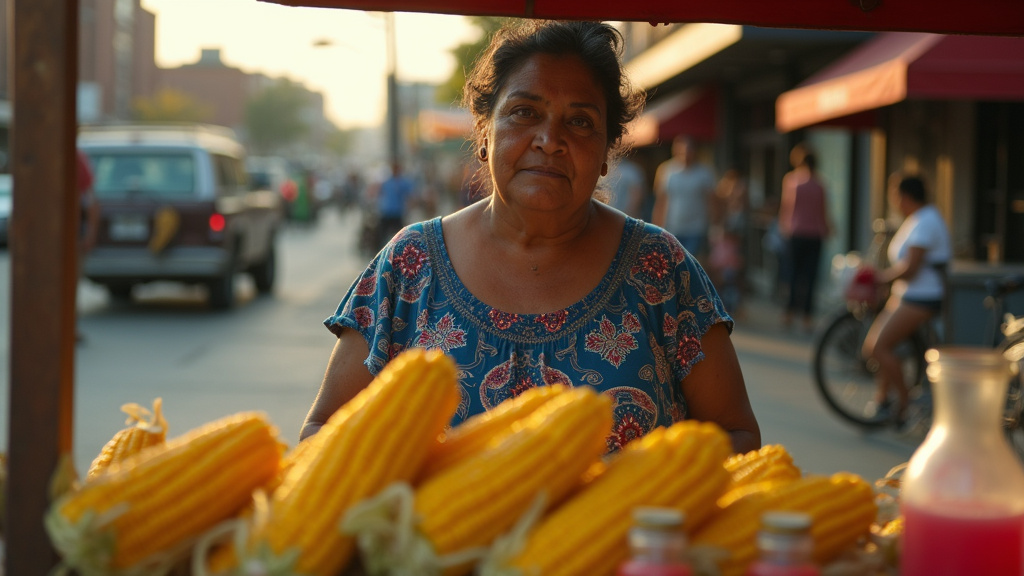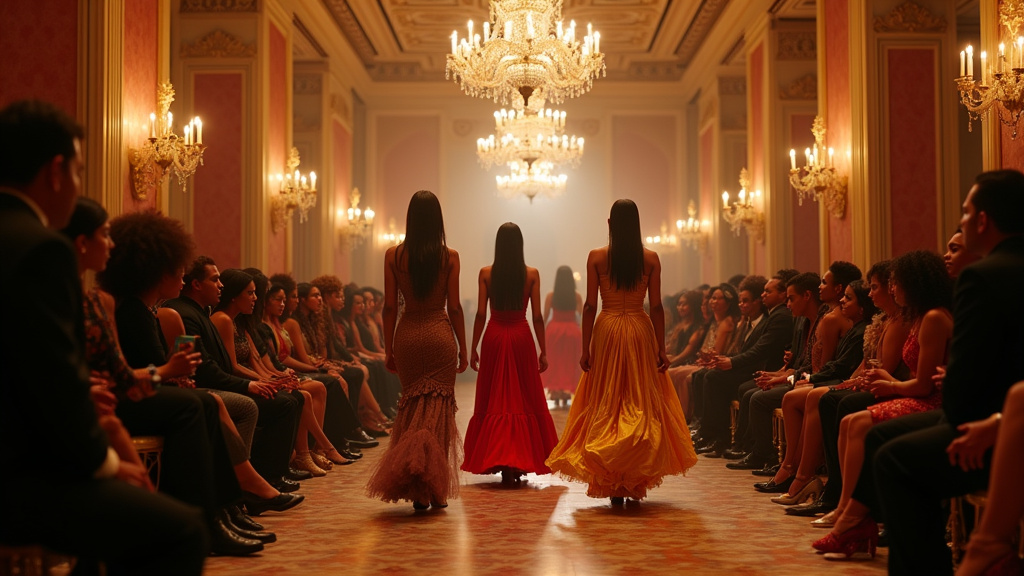Unveiling the Rich Tapestry of African Fashion: A Journey Through the “Africa Fashion” Exhibition at the Field Museum
Beauty and ingenuity can be found around every corner of a new fashion exhibition in Chicago. One mannequin wears a stunning, contemporary piece fashioned primarily from cowrie shells. Another models a regal, ice-blue evening gown worn by former first lady Michelle Obama. A third shows off a colorful robe fashioned in the 1970s from hand-woven, Nigerian okene cloth. These ensembles by African designers — LaFalaise Dion, Azzedine Alaïa, and Shade Thomas-Fahm, respectively — are not found at the Art Institute of Chicago or Museum of Contemporary Art, but at the Field Museum.
“One of the questions I get all the time is ‘why fashion at the Field?’, because we’re known for dinosaurs,” museum project manager Angelica London said, laughing. However, the “Africa Fashion” ticketed exhibition also has strong historical and cultural elements, which make it a great fit for the venue, London explained.
A Celebration of African Fashion’s Legacy
Opening on Friday and running through June 29, the traveling show was organized by the Victoria and Albert Museum in London. It features more than 180 works from artists spanning over 20 countries in Africa, presented in the context of the continent’s political and cultural history. A companion exhibition, “Connecting Threads,” runs through March 1, 2026, featuring African fashions created by Chicago designers.
“Africa Fashion” shares personal stories of designers, highlights their innovation, and demonstrates their global impact. “The show is about agency,” said lead curator Christine Checinska, who also serves as the senior curator of African and diaspora textiles and fashion at the Victoria and Albert Museum. “It’s about abundance. It’s about unbounded creativity. And I want people to really catch a glimpse of the magnificence of African creativity when they come to the show.”
A Multi-Sensory Experience
In addition to observing haute couture and ready-to-wear apparel, visitors can also view textiles, accessories, photographs, and videos. The exhibition includes mannequins with a rich variety of brown skin tones and hairstyles, music by African artists, and touchable items for patrons who are blind or have low vision. The first part of the exhibition showcases fashions from the African independence era of the mid-20th century, when many countries were gaining sovereignty. This period also marked a cultural renaissance for the continent, expressed not only through clothing but also through music and visual art that conveyed messages of celebration and protest.
The Pioneers of African Fashion
The exhibition highlights the vanguards of the 20th-century fashion scene. Visitors will read stories about designers including Shade Thomas-Fahm from Lagos, Kofi Ansah from Ghana, and Alphadi and Chris Seydou from Mali. Although these prominent figures achieved success in Europe, they returned to the continent to contribute to their communities.
Among contemporary pieces, the exhibition features artists such as Thebe Magugu from South Africa and Artsi Ifrach from Marrakesh. The latter artist has contributed an eye-catching, oversized, transparent burka and mask embroidered with the Hamsa symbol, also known as the hand of Fatima. This piece exemplifies the blend of traditional symbolism with modern fashion.
Fashion as a Medium for Expression
Many of the showcased works push boundaries and inspire conversations about culture, identity, and gender expression. For example, designer Neo Serati Mofammere from South Africa celebrates gender fluidity with a standout metallic pink and blue Lurex suit featuring flared trousers and a matching bucket hat. Photographer Stephen Tayo from Lagos has created a collage of drag artists with obscured faces, illustrating the limitations on LGBTQ+ expression in some African countries. Checinska emphasizes that the artist’s choice illustrates the challenges faced by those who dare to express themselves in a society that may not accept them. “It’s a really courageous act,” she noted.
Connecting Local and Global Narratives
Complementing the “Africa Fashion” exhibition, the “Connecting Threads” exhibition across the hall showcases the vibrant African fashion scene in Chicago. The Field Museum collaborated on this multi-sensory show with two local creatives: Black Fashion Week USA founder Melody Boykin and Ghana-born designer Jennifer Akese-Burney. Audiences can explore impressive ensembles, jewelry, and textiles from local artists, enhancing the narrative of African fashion within a Chicago context.
“We wanted to have them come into the space, see themselves as Chicagoans, and also of African descent, in our museum, which is something that we have failed to do in the past,” London said. “We are looking forward to making some adjustments for future shows.”
Inspiration and Creativity Await
London hopes that “Africa Fashion” communicates that the continent is “alive and thriving,” showcasing creativity that resonates across cultures and borders. “You’re going to leave with some inspiration,” she said, reflecting on the exhibition’s potential to stimulate creativity and provoke thought.
Conclusion
As the “Africa Fashion” exhibition opens its doors at the Field Museum, it promises not only to celebrate the artistry and innovation of African designers but also to challenge perceptions and inspire dialogue about culture and identity. With its rich tapestry of historical context and contemporary relevance, this exhibition is a must-visit for anyone interested in the intersection of fashion, culture, and social issues. The combination of historical pieces, contemporary designs, and local narratives creates a comprehensive view of African fashion’s global impact, making it a unique and enriching experience for all visitors.












